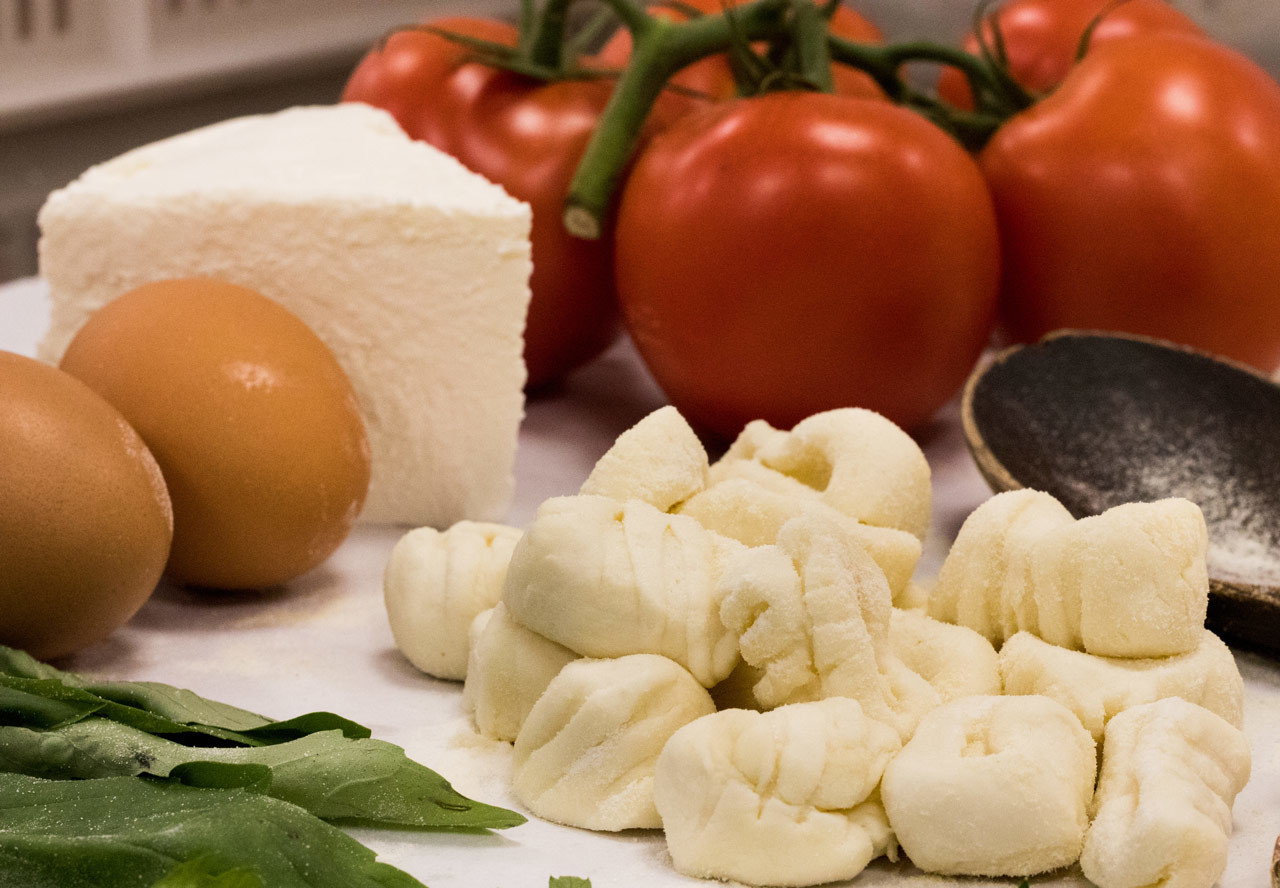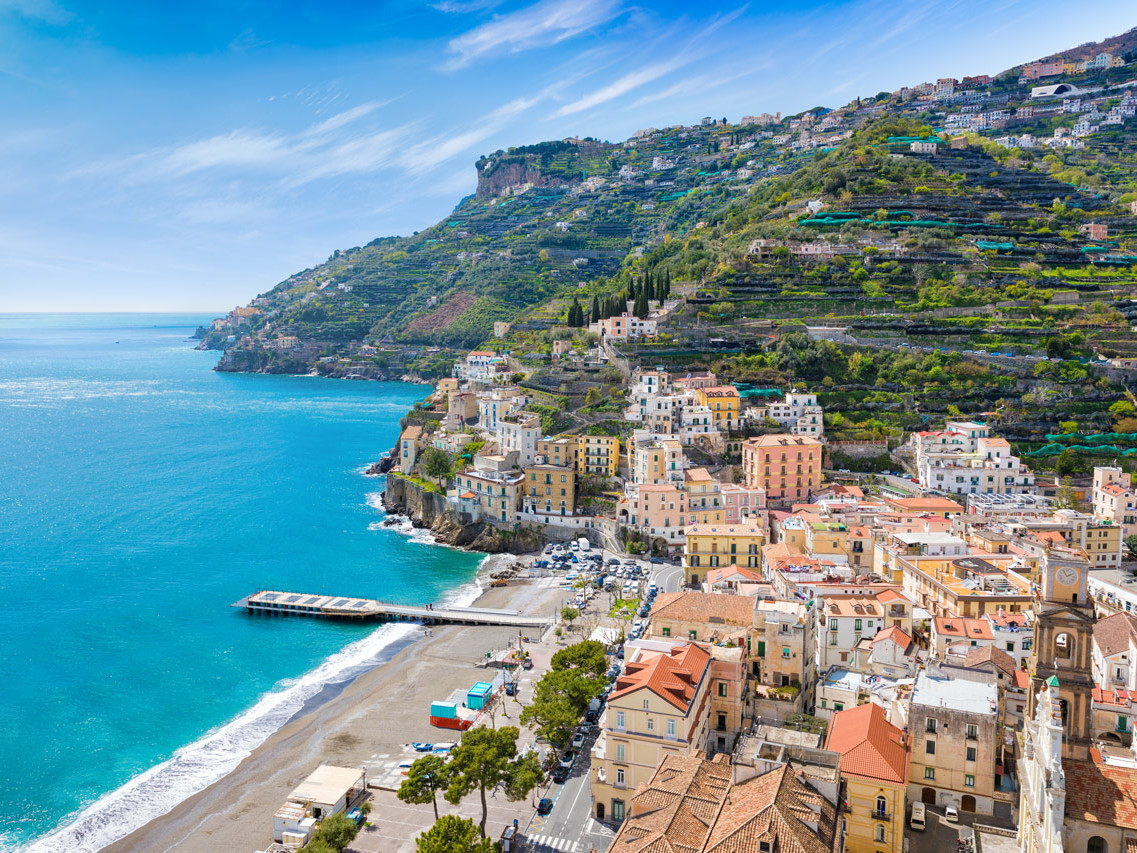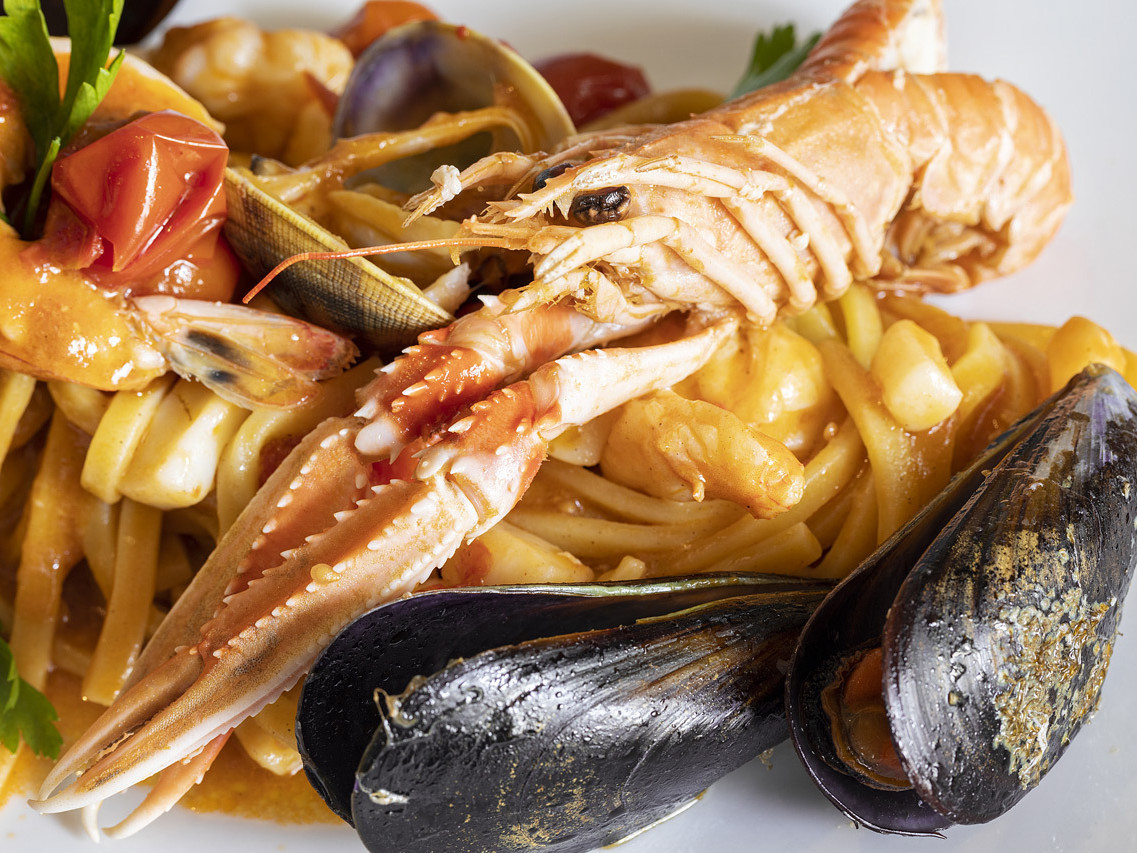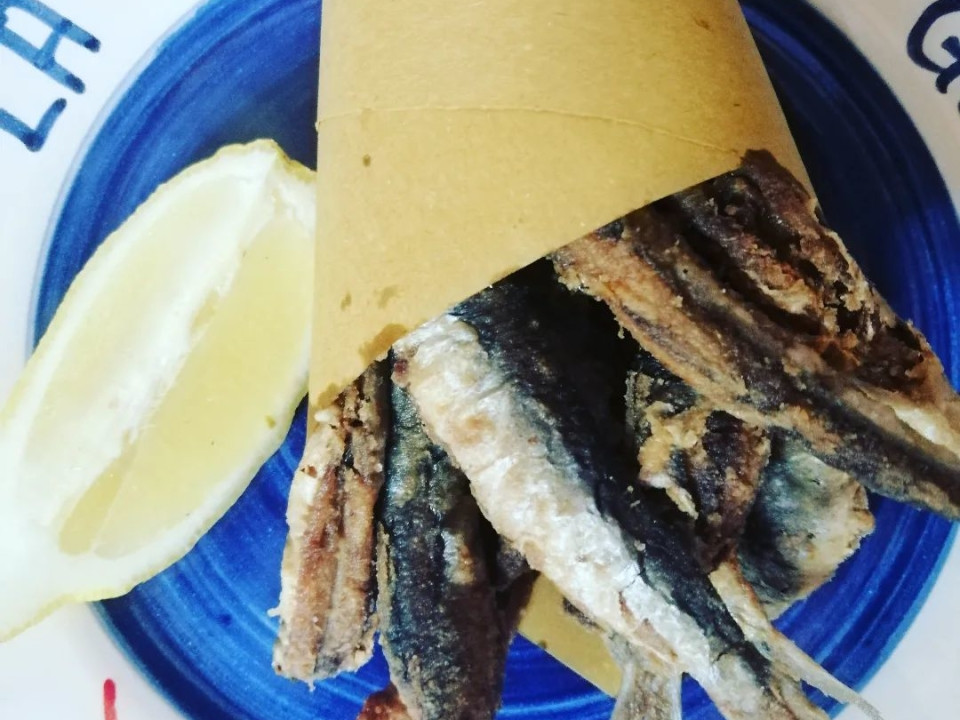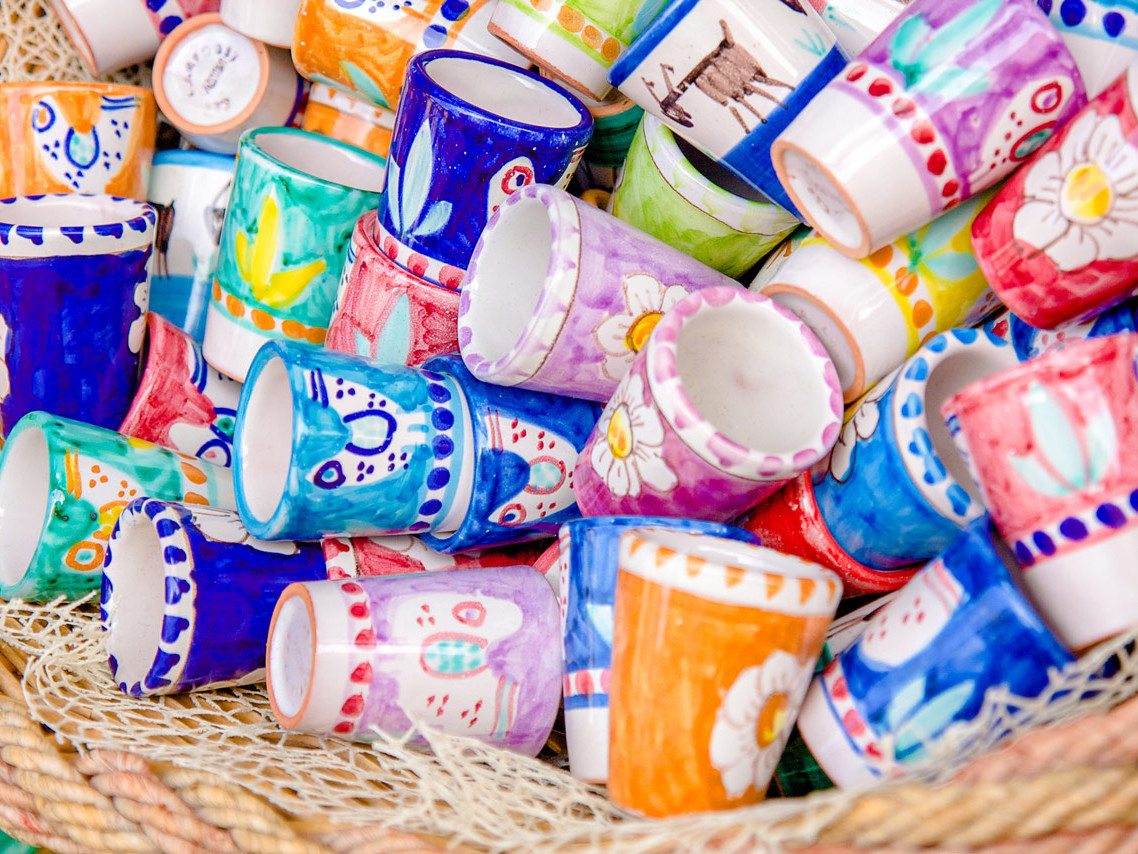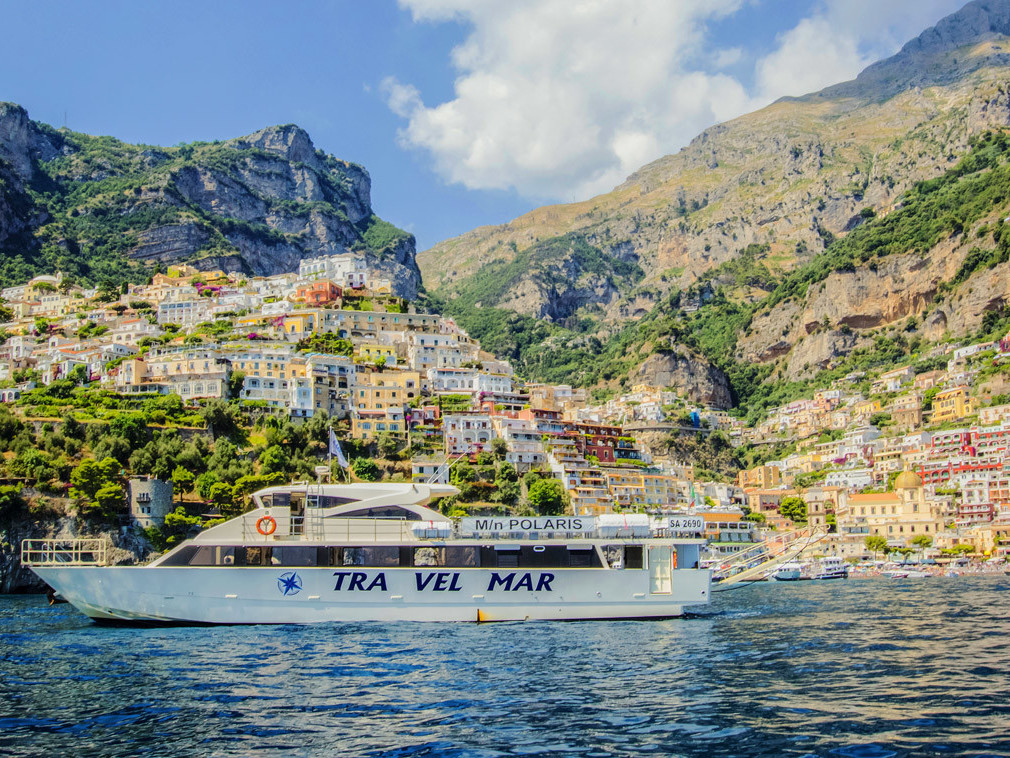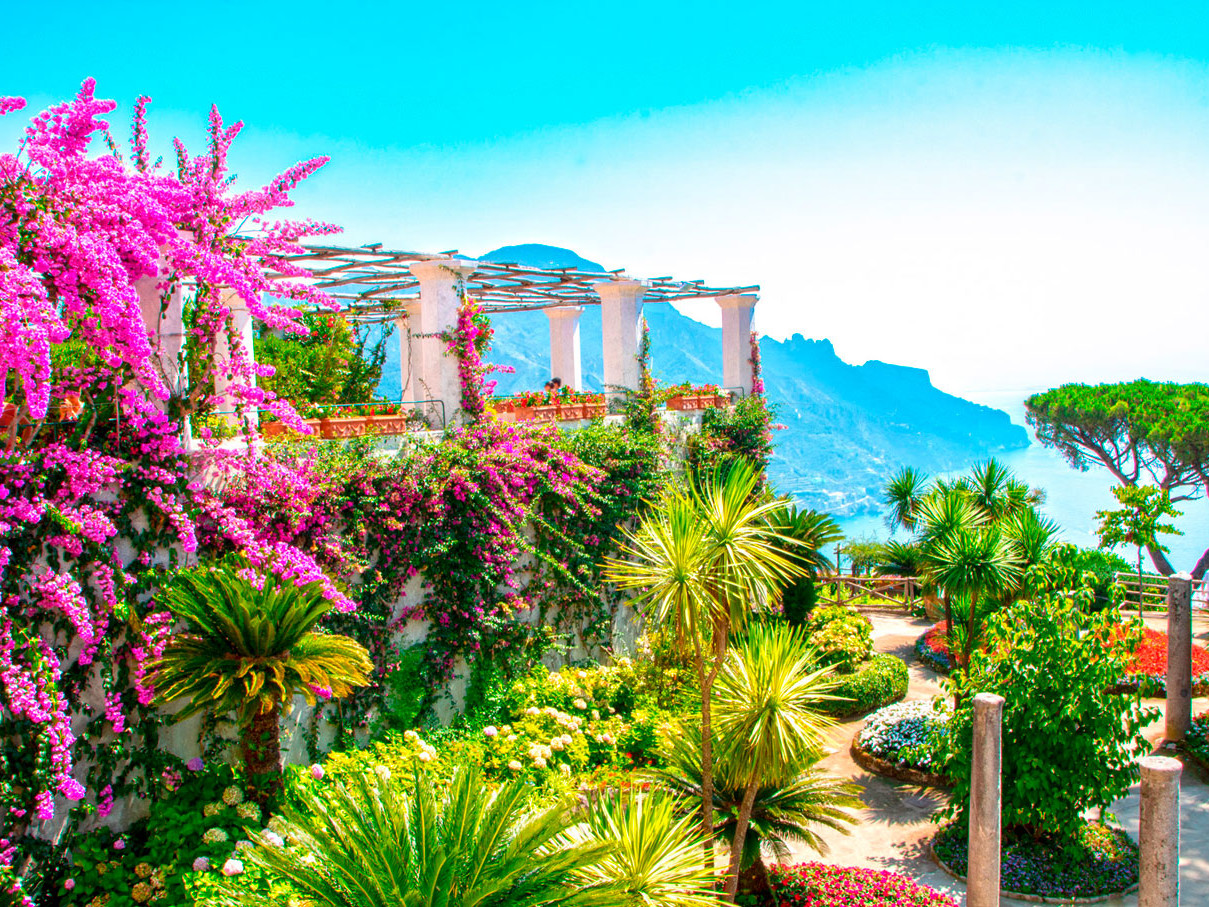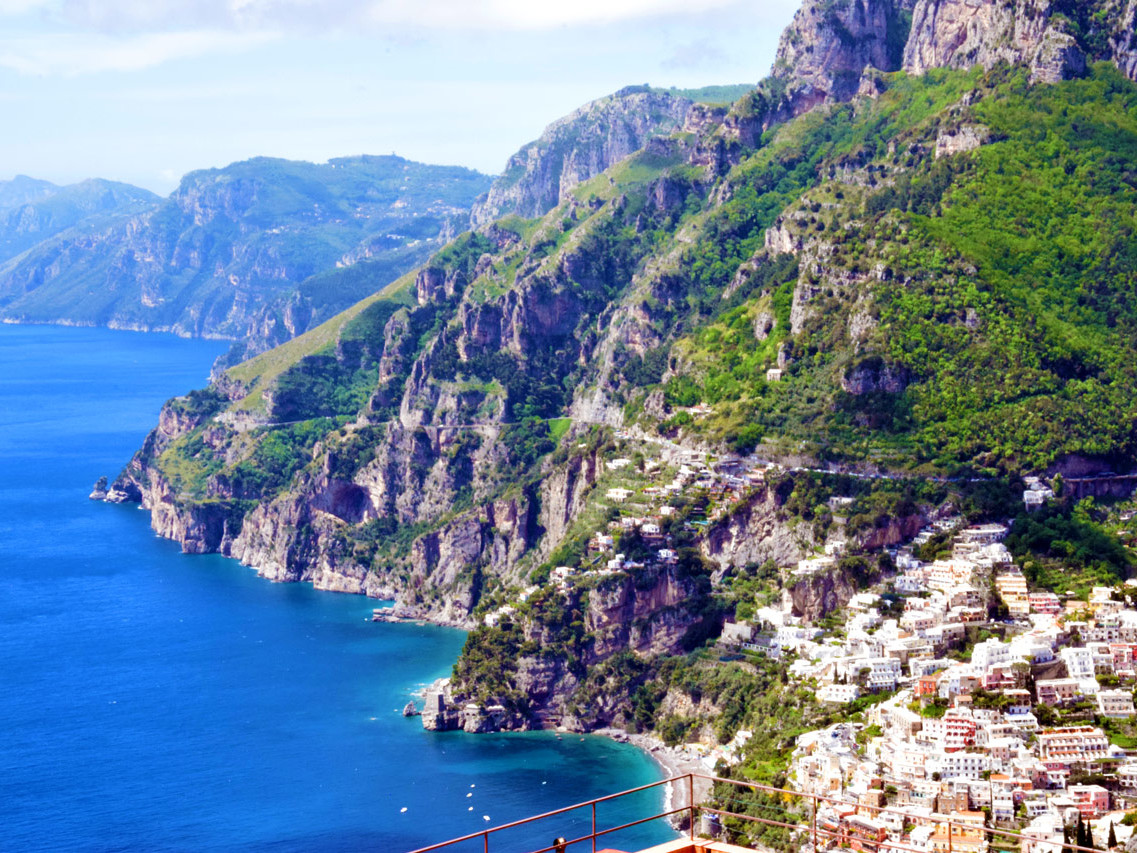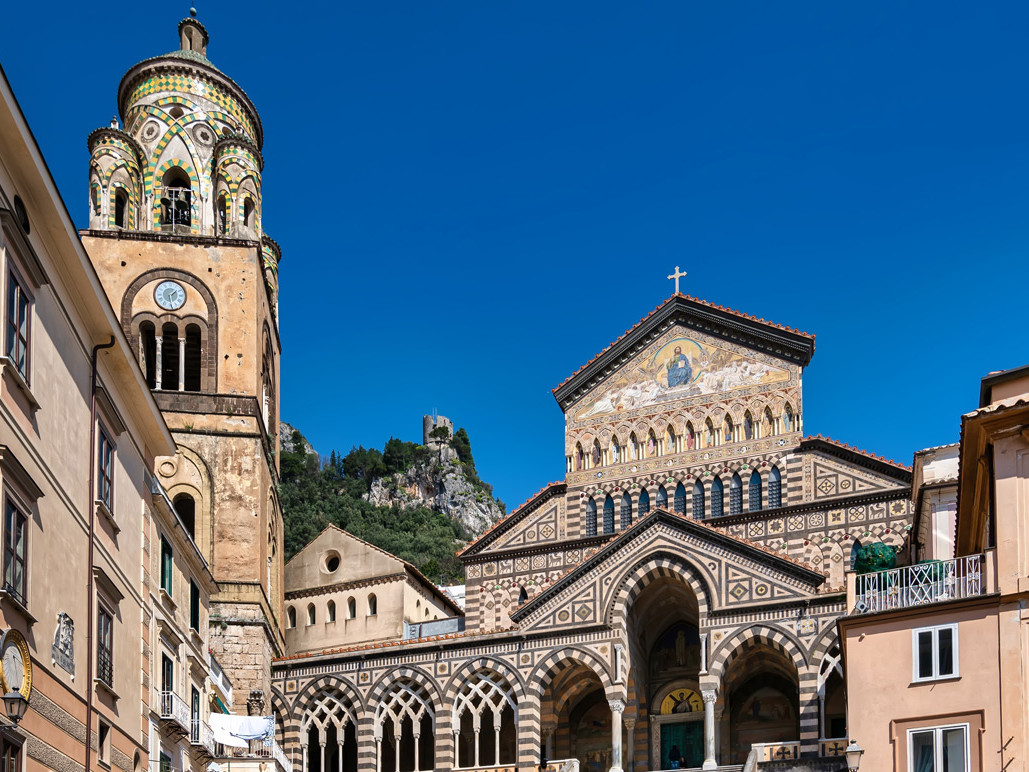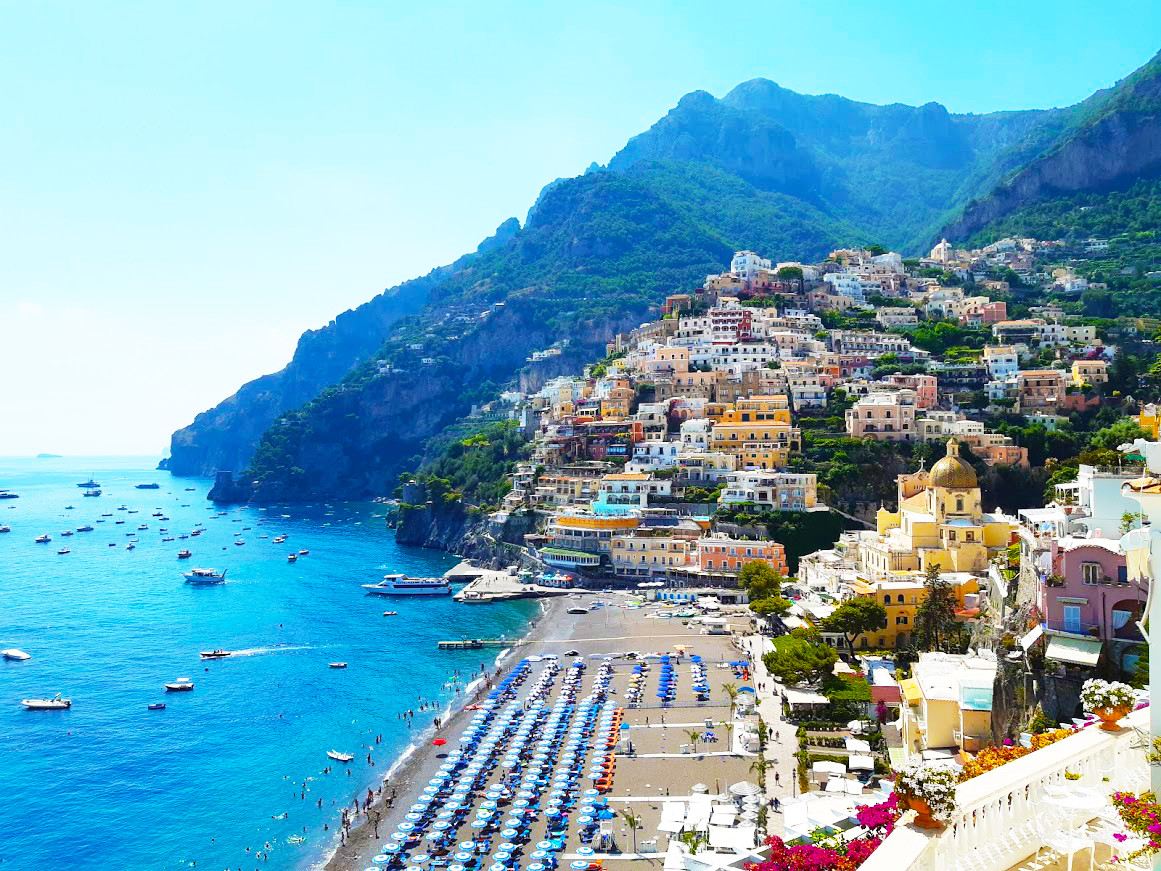NDUNDERI: THE RICOTTA DUMPLINGS FROM MINORI, A SMALL TOWN OF THE AMALFI COAST
The ricotta dumplings called ndunderi are a fresh handmade pasta from Minori, a small town of the Amalfi Coast that are usually prepared to celebrate the patron saint Trofimena. So, let’s discover this traditional recipe.
by Annalisa Russo
Pasta is one of the symbols of the Italian culture in the world, and one of the most appreciated local delicacies: a must to try during your stay on the Amalfi Coast. In your Italian culinary tour, we suggest you not miss the ndunderi, a fresh handmade pasta, similar in shape to the more famous gnocchi.
Their recipe is inspired to a typical dish from ancient Rome, made with curdle milk and spelt, also known as “palline romane” (roman little balls). The ndunderi are the symbol of the local culinary arts of Minori, a town that has been known for centuries for its pasta production.
share this article
Ndunderi from Minori
The Minori’s pasta tradition
The town of Minori is well known for its important pasta tradition. Thanks to the presence of the river Reghinna Minor, the city of Minori decided to invest in the pasta production: in the past, there were 6 mills and 54 ‘ngnegni (ancient pasta machines).
It is said that during the ‘700, the Minori’s pasta makers crossed the Lattari Mountains to move to Gragnano, which is nowadays known as the European capital of pasta.
The recipe
Every family and restaurant has a secret recipe to prepare these delicious and traditional ricotta dumplings. On the Amalfi Coast’s restaurants you can find the ndunderi cooked with many delicious sauces such as tomato passata with scamorza cheese or eggplants.
We decide to propose you the most typical version of ndunderi: those with sausage ragù!
Let’s cook!
Ingredients for 12 people
For the ndunderi
- 700 g of ricotta cheese
- 300 g of flour
- 70 g of grated caciocavallo
- 5 egg yolks
- Grated nutmeg as required
- White pepper as required
- Salt as required
For the ragù
- 1 l of tomato passata
- 100 g of onions
- 500 g of pork sausage
- ½ glass of red wine
- Extra virgin oil as required
- 70 g of grated caciocavallo
- Salt as required
- Basil as required
Method for preparing the ndunderi
- Mix in a large bowl the ricotta, egg yolks, grated caciocavallo, salt, white pepper, and nutmeg.
- Add the flour and mix everything with the best tool you have: your hands. You will have a smooth and soft dough that has to rest in the fridge for about 30 minutes.
- Now roll the dough into a long, thin sausage shape and cut into dumplings about 3 cm long. Don’t forget to gently roll the dough down the fork or a gnocchi board.
- Cook the ndunderi into boiling salted water until they come up. Remove the dumplings from the pan with a slotted spoon.
Method for preparing the ragù
- Heat the olive oil in a frying pan and fry the onion, add the chopped sausage and let cook until it becomes just a little browned. Add the red wine and simmer until the liquid is reduced.
- Now add the tomato passata and the salt and let cook on low heat for a minimum of 1 hour.
- Put the ragù in an oven pan, then add the ndunderi you have just drained and cover them with more ragù sauce. Scatter the caciocavallo over the top and bake in a 250°C oven for 20 minutes.
- When you take the oven pan out, add the basil as decoration.
- The traditional recipe uses the caciocavallo cheese, a specialty from Agerola that can be replaced with the Parmiggiano Reggiano cheese, easier to find.
- In Minori, the patron Saint Trofimena is celebrated 3 times per year: on July 13, on November 5, and on November 27. During this last date, the discovery of the Trofimena’s relics that took place on November 27, 1793 is celebrated.
- In the past, when the processions to celebrate the Saint Trofimena took place, the attendees had their shirts stained with sauce, showing that the traditional ndunderi had been consumed.
fun facts
share this article


